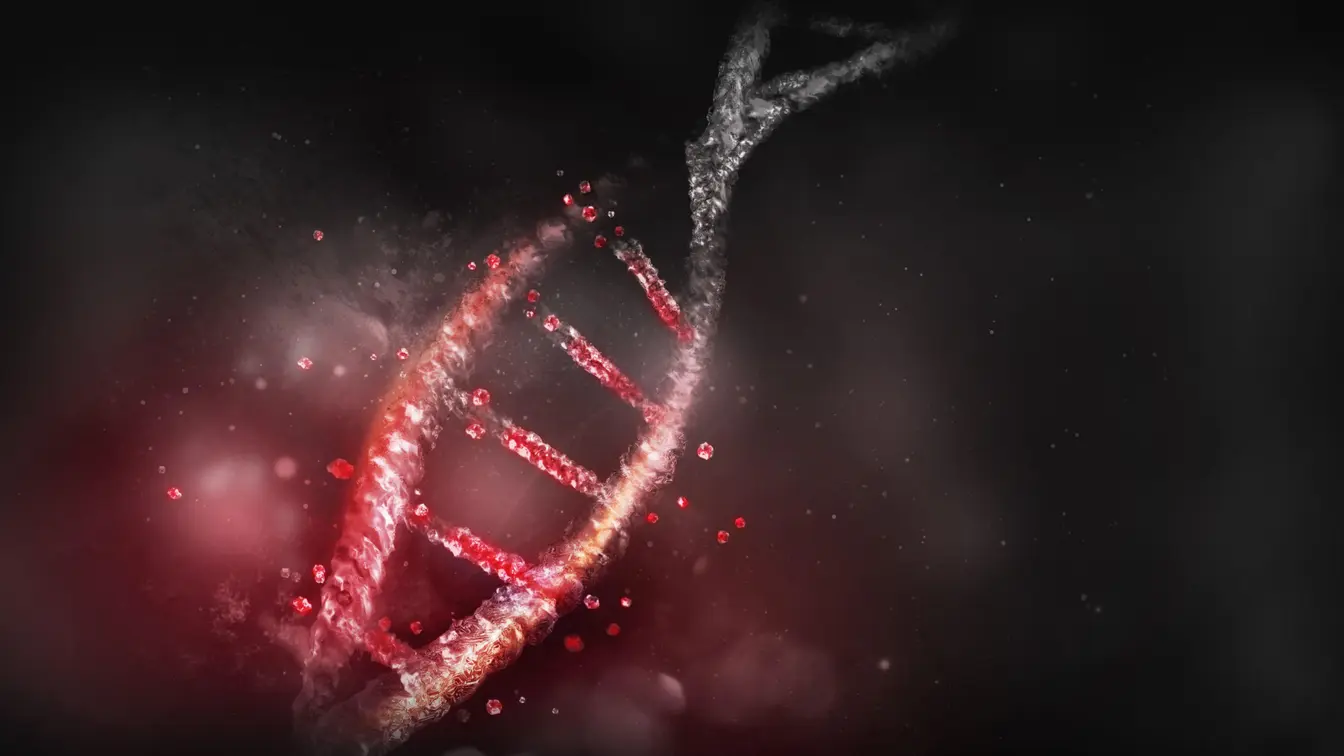T4K3.news
Oldest docodontan fossil found in Greenland
A Greenland fossil discovery narrows the timeline of early mammal evolution by about seven million years.
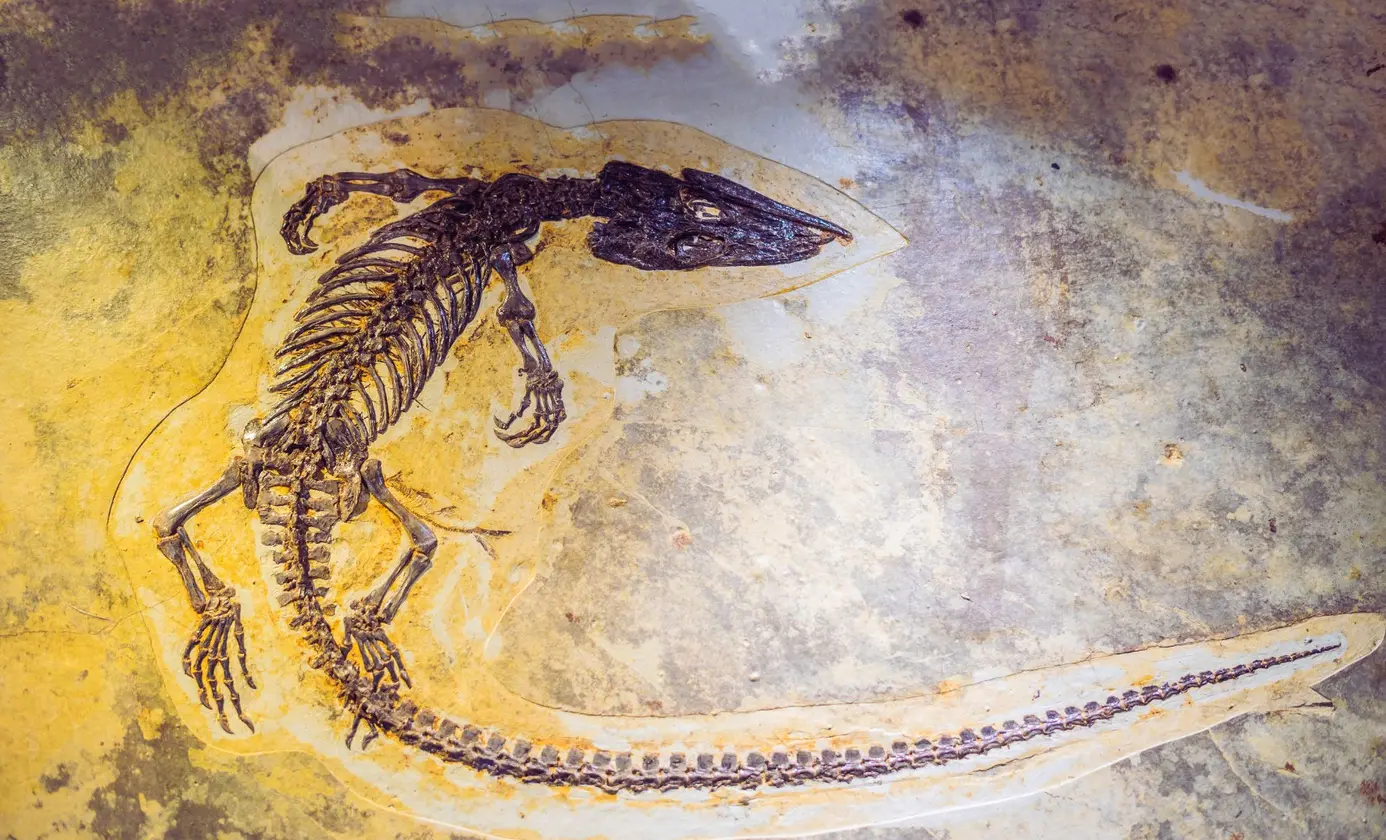
A Greenland fossil discovery offers a clearer timeline for early mammals by identifying the oldest docodontan specimen to date.
Oldest docodontan fossil found in Greenland narrows evolution gap by seven million years
A study published in Papers in Palaeontology reports the discovery of Nujalikodon cassiopeiae, the oldest docodontan fossil found so far. The specimen, unearthed in Greenland’s Rhætelv Formation, includes a second molar and part of the jaw. The find narrows the evolutionary gap between early docodontans and later mammal relatives by about seven million years. Researchers say the dental features point to a broader ecological role than previously thought for these ancient mammal relatives.
The team notes that docodontans thrived between the Late Triassic and Middle Jurassic, and that the fossil record from this period is sparse. The Greenland site provides rare insight into how tooth structure relates to diet and habitat. While the origins of docodontans remain debated, scientists agree that the new fossil helps clarify the timeline of early mammal evolution and underscores how climate and habitat shifts likely shaped these ancient communities.
Key Takeaways
"Docodontans are one of the earliest groups of mammaliaforms, and have more complex teeth than most other mammaliaforms at this time, with a lot of cusps and ridges, rather than a simple arrangement of only a few cusps in a row."
Direct quotation from the study authors describing dental complexity.
"This probably made them able to eat a wider range of foods, making them more ecologically diverse."
Comment on ecological diversity tied to dental traits.
"There are very few places in the world where the fossils of terrestrial animals are preserved from the Early to Middle Jurassic."
Statement about the rarity of corroborating fossil sites.
The discovery shows how a single fossil can reshape a long-standing timeline. It highlights the value of fossil-rich but understudied locales like Greenland for filling gaps in our knowledge of early mammals. The finding also raises questions about how dental evolution influenced ecological diversity in these roots of mammalian history.
Beyond the science, the fossil prompts reflection on how science progresses. New evidence can tighten or widen our map of the past, reminding readers that our understanding of evolution is an ongoing story rather than a fixed chart. As researchers piece together these early diets and habitats, we may see fresh connections between extinction dynamics and climate change that apply to later evolutionary chapters.
Highlights
- Teeth tell stories the Earth kept secret for millions of years
- A single fossil rewrites a chapter of mammal history
- Greenland fossils reshape our map of the ancient world
- Early teeth hint at a wider world for early mammals
As new fossils surface, the map of early mammal history continues to shift.
Enjoyed this? Let your friends know!
Related News
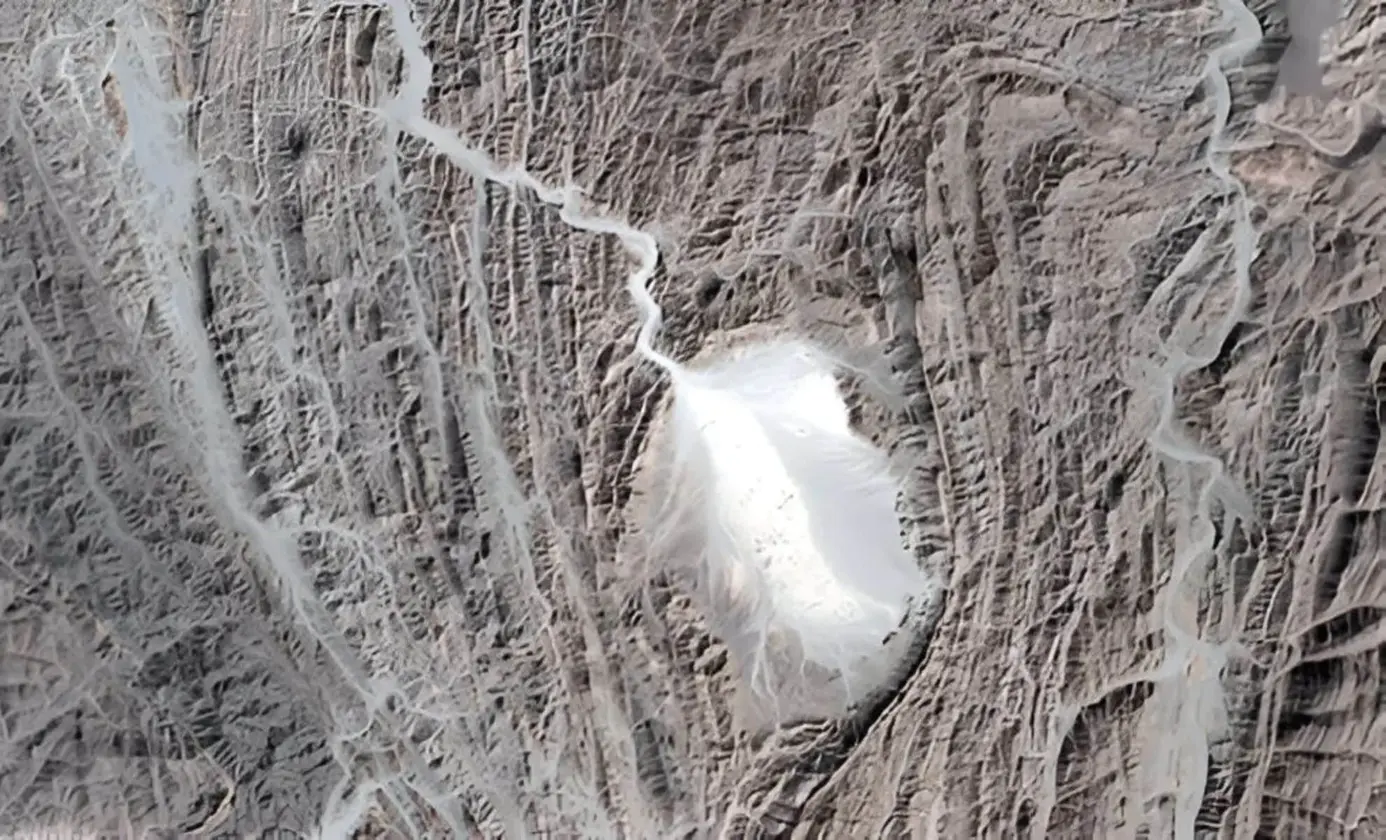
Ancient Fossilized Sperm Discovered
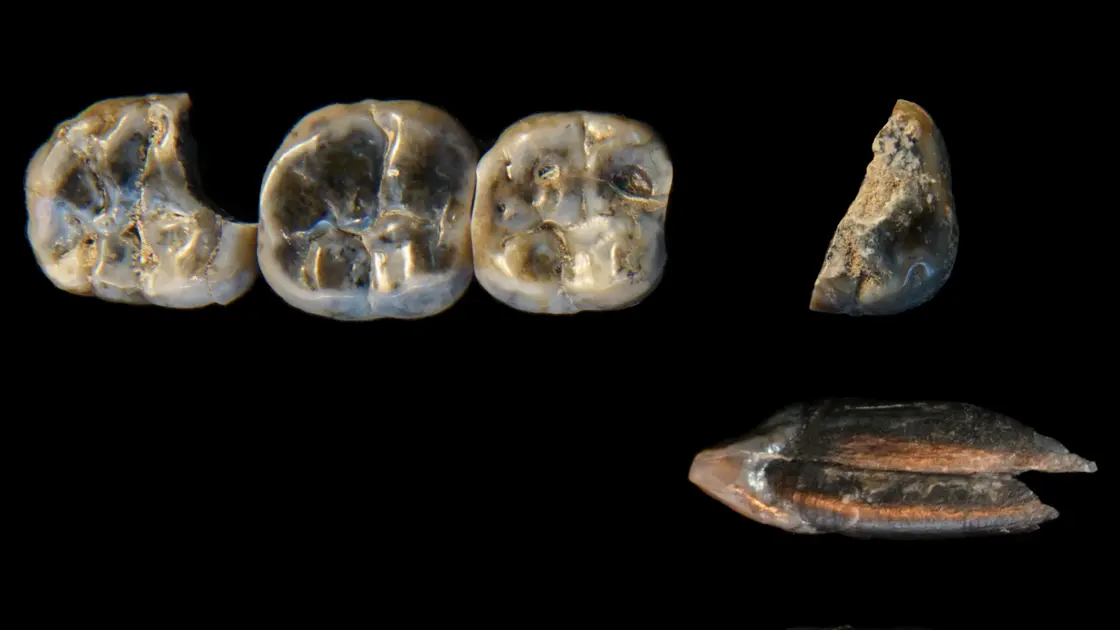
Two hominin lineages coexisted in Ethiopia 2.6 million years ago
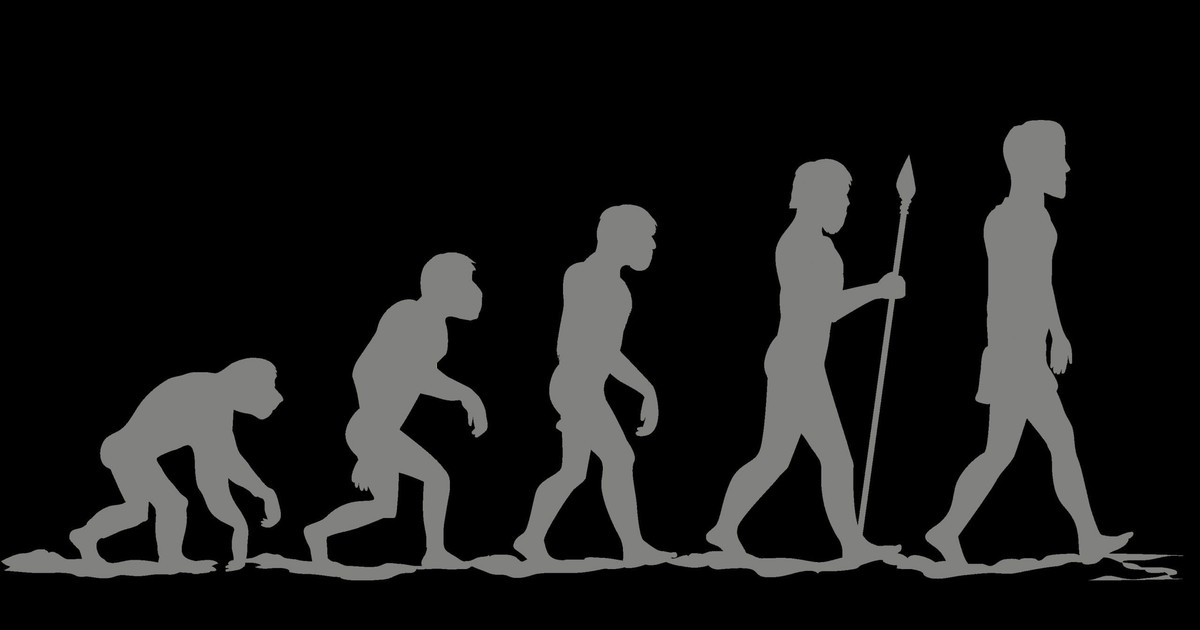
New fossils show multiple hominin species in East Africa
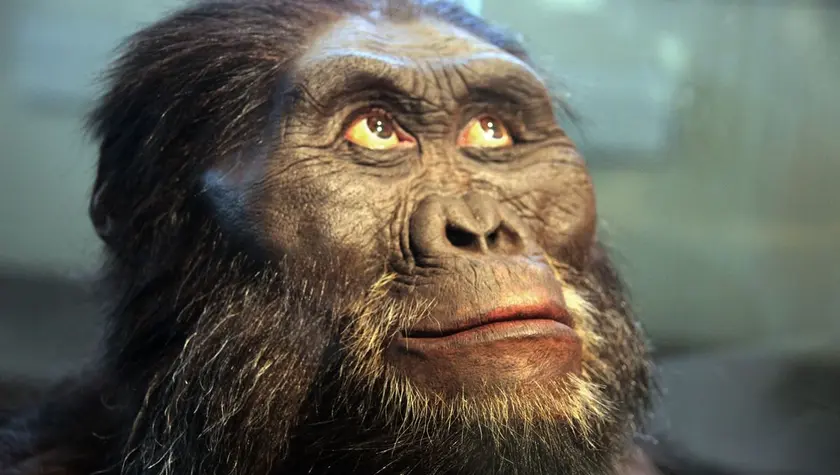
Ancient Australopithecus Lived Beside Early Homo 2.6 Million Years Ago
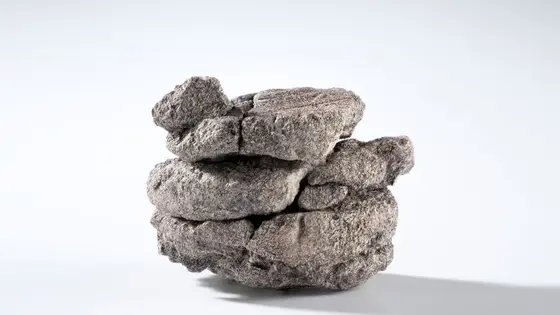
Dinosaur fossil found underneath a Denver museum’s parking lot
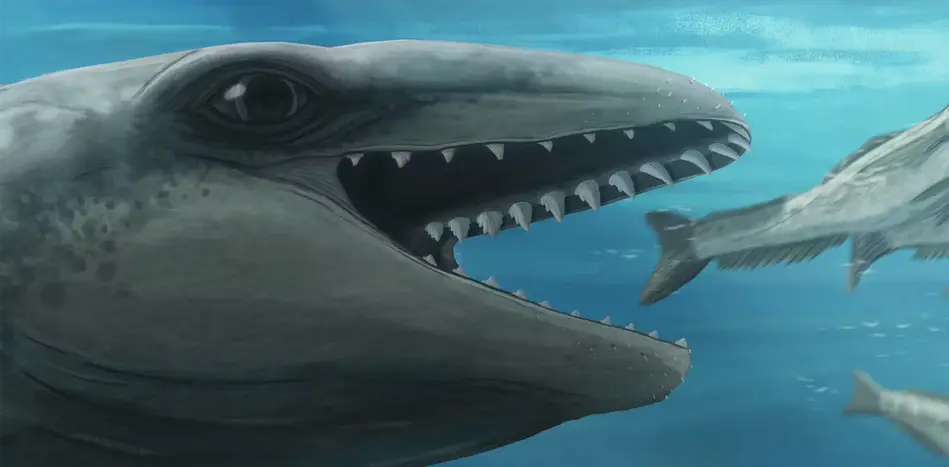
Tiny ancient whale discovery in Victoria
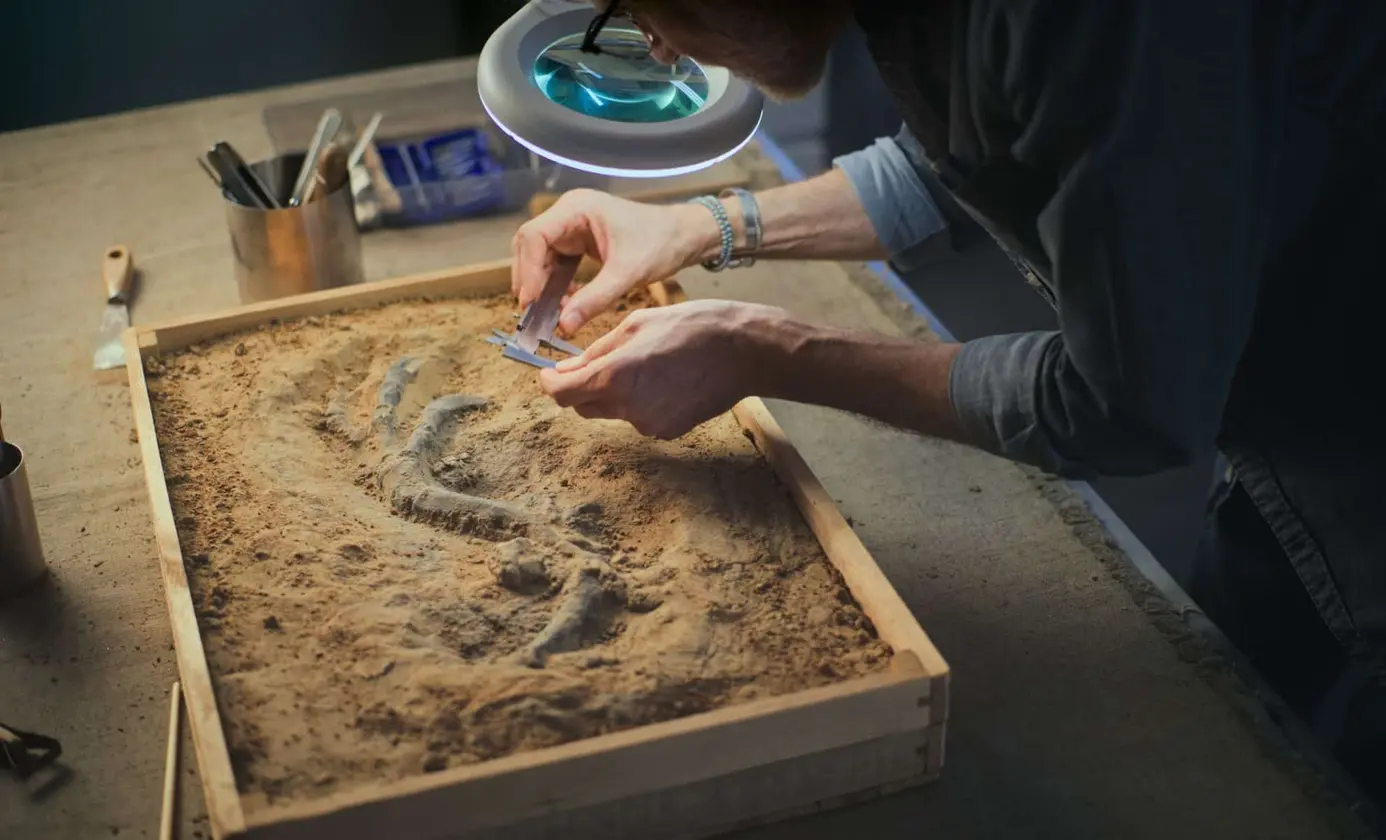
Denver Museum Discovers Rare Dinosaur Fossil
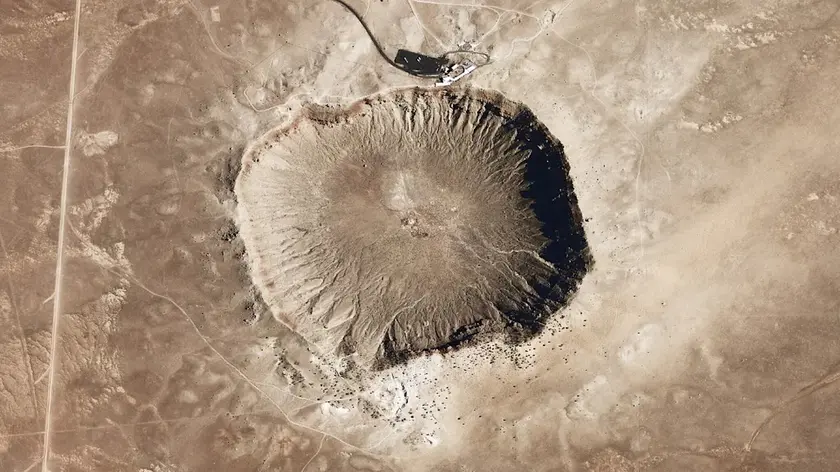
New study redates Earth's ancient impact crater
